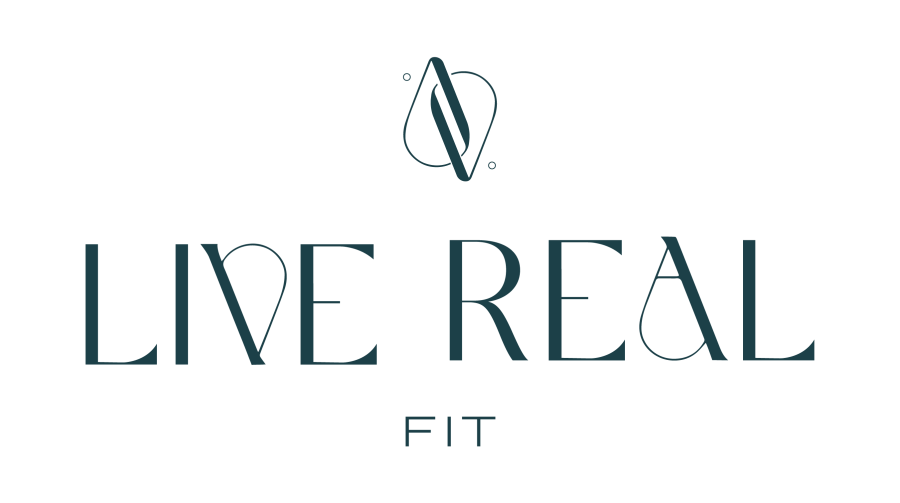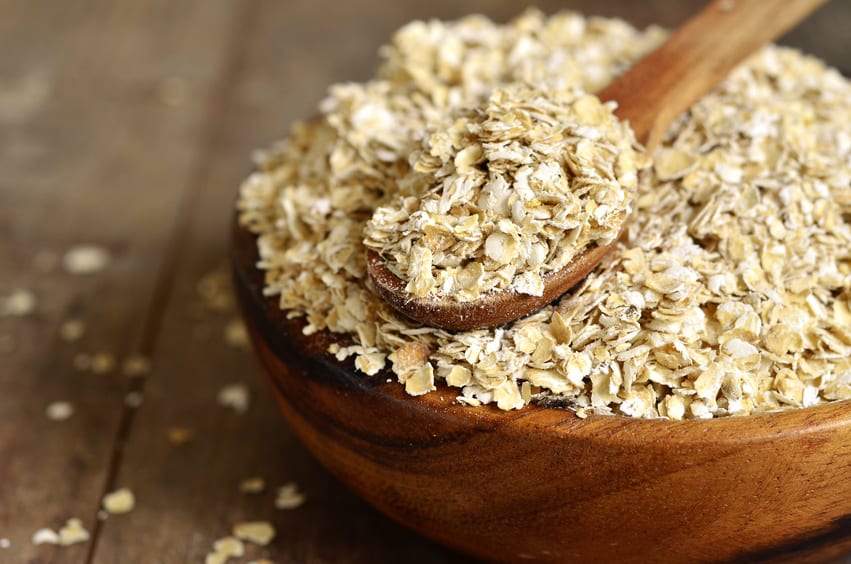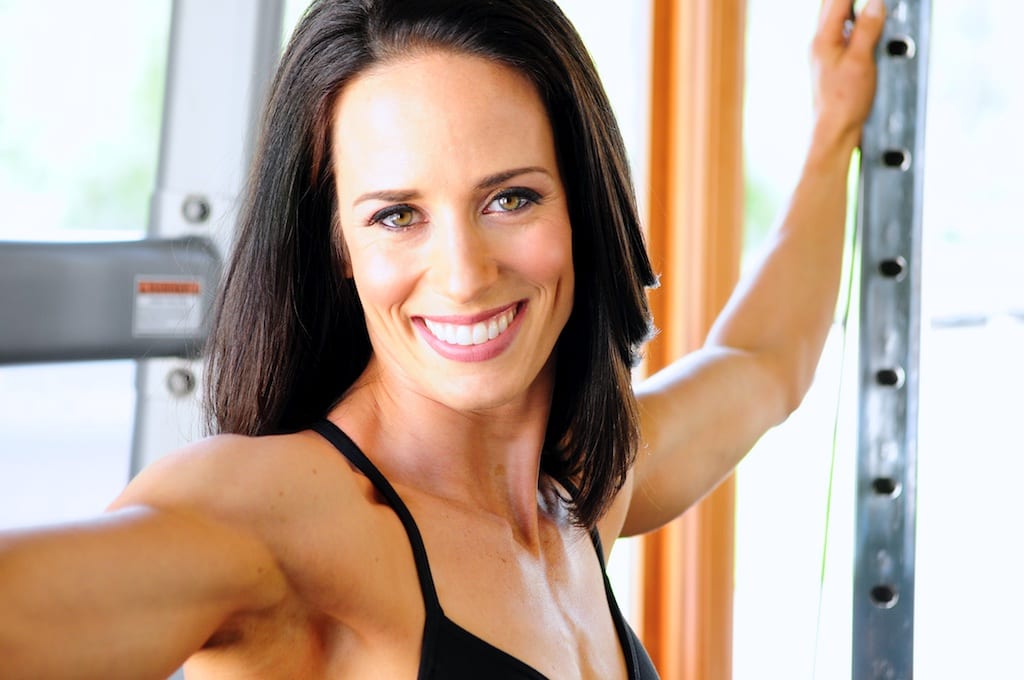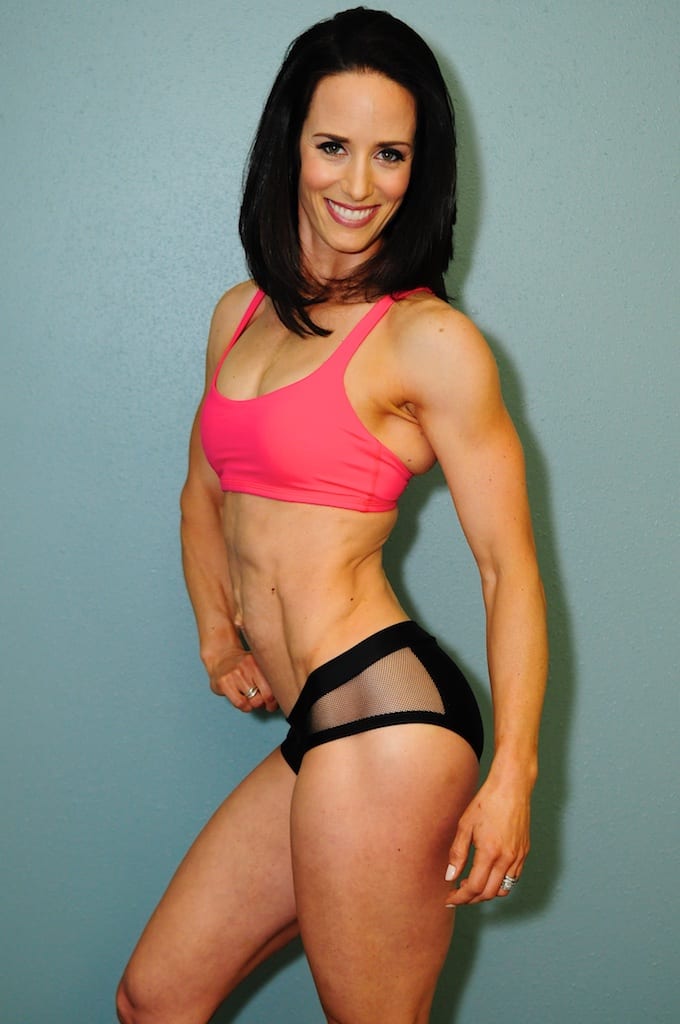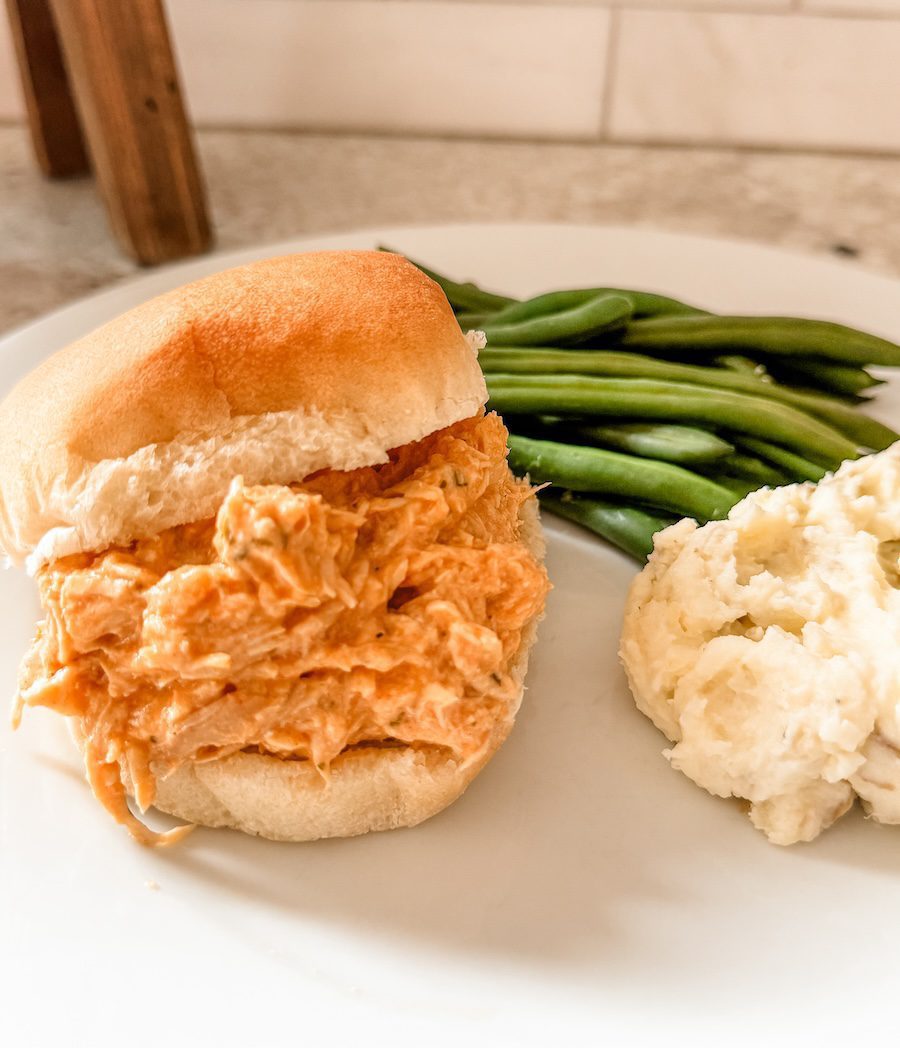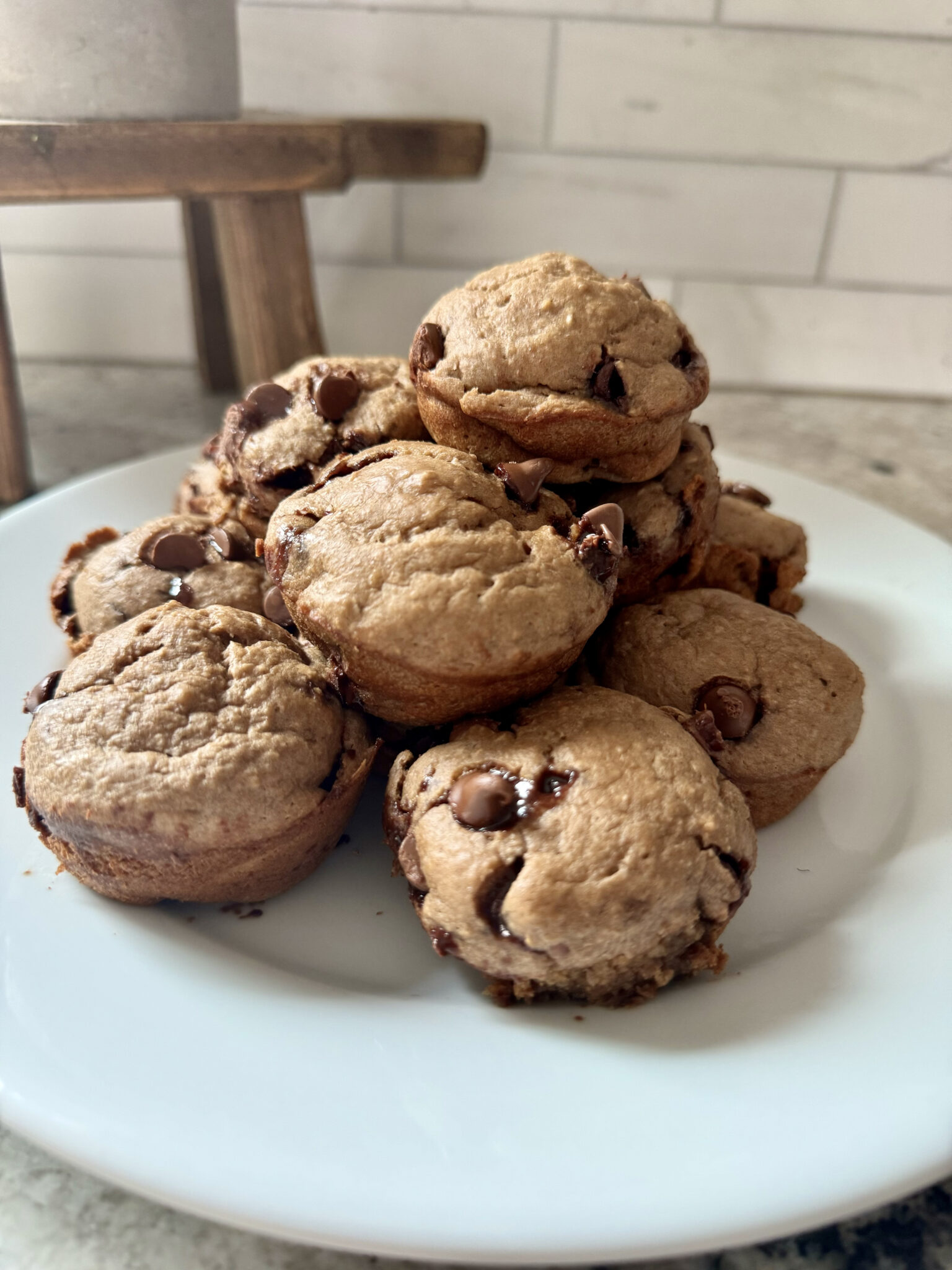I remember that feeling of being totally overwhelmed and lost in the sauce when I started tracking my food intake. Flexible dieting was a foreign concept for me and I was diving in head first with no regrets! That being said I had a lot to learn before I was comfortable with it and one thing I knew was going to be a critical element to success was planning ahead. We’ve all heard that quote…
“A failure to plan is a plan to fail”
And this couldn’t be truer when it comes to flexible dieting and seeing results with your fitness goals. I get it…meal planning is not terribly enjoyable and does take some time, especially when you are new to tracking macros. The trick when you are just getting started is to keep things simple. As you get more comfortable you can start being a little more adventurous with your food choices. Now, I have been tracking macros long enough that I can reliably eat close to my macro goals without really even tracking anything. You will get there. Just stick to it long enough and I promise it will all be worth it!
Until then I thought I would provide some helpful tips on how to get started with meal planning. Hoping to save you a little bit of the struggle I initially went through.
1. How Many Meals?
First things first…decide how many meals you are going to eat in the day. There is no magic number here and it really just comes down to what works best for you and your schedule. What will allow you the greatest opportunity to meet your macro goals each day? For me, I eat 4-5 meals a day. I am the type of person that gets hungry every 2-3 hours so I crave food more often. Others I have spoken too can go 4-5 hours before they feel hungry. More power too ya! I would be a hangry monster! The key is, hitting those macro goals. You can also do some trial and error. Start with something that feels manageable for you and then if you need to adjust this later you certainly can. For the sake of explanation let’s say you picked 4 meals a day.
2. Start with Protein Intake
You will want this to be relatively the same for each meal. So start with your total amount of protein you are meant to eat in a day and then divide that by the number of meals you plan to eat. So for example, if your goal is to eat 100 g of protein in a day then you would aim for about 25 g per meal. Now the beauty of flexible dieting is that you can “give and take” between meals. So let’s say you only end up getting 15 g of protein at breakfast. That’s ok. You would just need to be sure the other three meals made up for the 10 g you were missing at breakfast. You can add those 10g to one meal or spread it out over the next three. Totally up to you.
From here you can choose your protein source. There are a variety of protein sources to choose from. Just select what you like the best. A good rule of thumb though is to aim for most of your protein to come from lean sources. Eggs and egg whites rule my breakfast then the rest of the day is often chicken, protein powder, and occasionally shrimp or salmon. Keep in mind that sources such as salmon and red meat tend to have higher fat content so you will want to account for that when selecting that source. We will usually bake or grill a bunch of chicken for the week and make it super simple to just weigh out and adjust exactly how much protein we need. I personally will also use protein supplements to help me hit my protein goals without feeling like I am constantly eating chicken!
3. Time to Choose Your Carbs!
My favorite part of the day! You want a good majority of your carbohydrates to be sourced from complex carbs such as grains, rice, and potatoes. Keep in mind that fruits and vegetables also fall under the carbohydrate source. A, sometimes small amount, but carbs none the less so be sure to account for that when tracking. In my house, we will bake a bunch of sweet potatoes and cook rice to start out the week. We may also roast some veggies. Then it’s just plug and play.
I will divide up my carbs between the four meals with two acceptations…pre and post workout. I will take 30% of my total carbs and have them before I work out and another 30% for after I work out. This helps optimize and fuel my workouts to see the best results for all that hard work in the gym. So let’s say I have 200 g of carbs for the day, 30% is 60g. Therefore, I will plan to have 60g of carbs before my workout and 60g after. This leaves 80g of carbs for the other two meals. So divide 80 by 2 and you get 40g to divvy up for those other two meals. You don’t HAVE to do it this way but it is a good strategy for maximizing your workouts and consuming a majority of your carbs when your body is best at using them.
4. Chose your Fat Source
Again, I will usually take the number of fats I have for the day and divide them up between the four meals. I suggest choosing from good fat sources such as olive oil, nuts, avocado, and nut butter. Remember that often your protein sources ALSO have fats in them. One example is an egg. It has about 5g of fat per egg so while you are selecting it as a protein source don’t forget that it also has fats and needs to be accounted for when tracking. Milk is another example that (depending on the percentage of milk you choose) will have fat as well as protein. It’s easy to track so just make sure you are accounting for both macros.
Now, don’t get me wrong, I love me some peanut butter. However, don’t make the mistake of considering this a main protein source. While, yes, it does have protein in it, nut butter (including peanut butter) are more of a fat source than a protein source. By all means, go ahead and eat the peanut butter but just make sure you aren’t loading up on it to help meet your protein goals because you will likely end up going way too high on your fats.
“It Always Seems Impossible Until It’s Done”
Nelson Mandela
When you are first starting out it may be easiest and most beneficial to keep it pretty simple, aka boring (for some people). Once you calculate a meal that works you can just keep repeating that meal over each day until you start to get the hang of tracking. I still have the same breakfast every day. Mostly because I love it and makes me happy but it is a reliable meal that I can easily calculate and then plug in what I am having for the rest of the day.
I do know how stressful this might feel but trust me, once you get the hang of it you start to see the freedom that flexible dieting allows when it comes to eating healthy, staying on track, meeting your fitness goals and also being able to live life! This is the ultimate goal and you WILL GET THERE.
Sitting down at the begging of the week to plan out what you will have each day will go a long way towards being successful. This little bit of planning will help you stay on track and take the guesswork out of what to eat each day. If you want a super easy meal planning template with a BONUS suggested food list to help you along your way click here to download. Happy planning friends!
Xx
Allison
